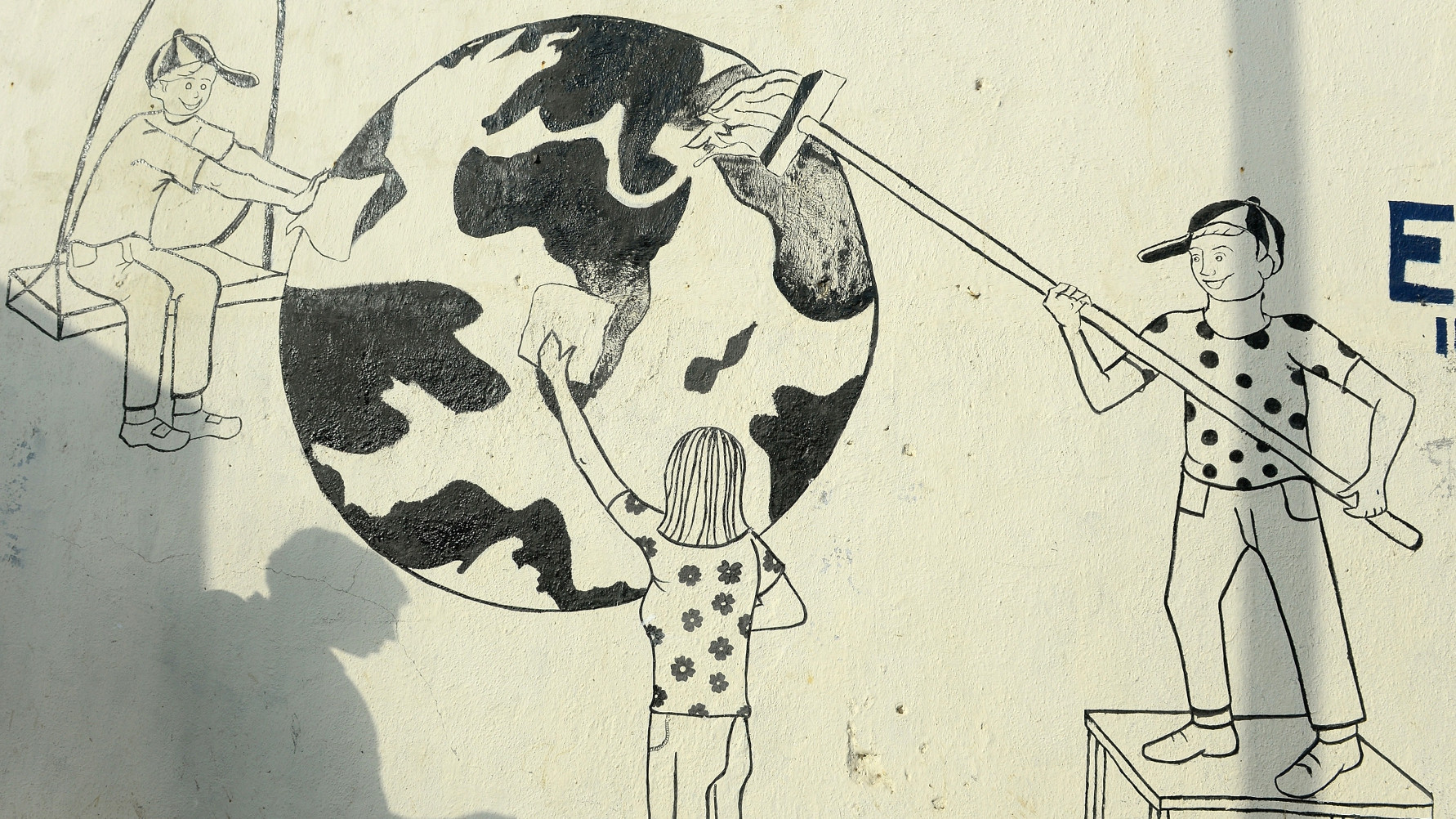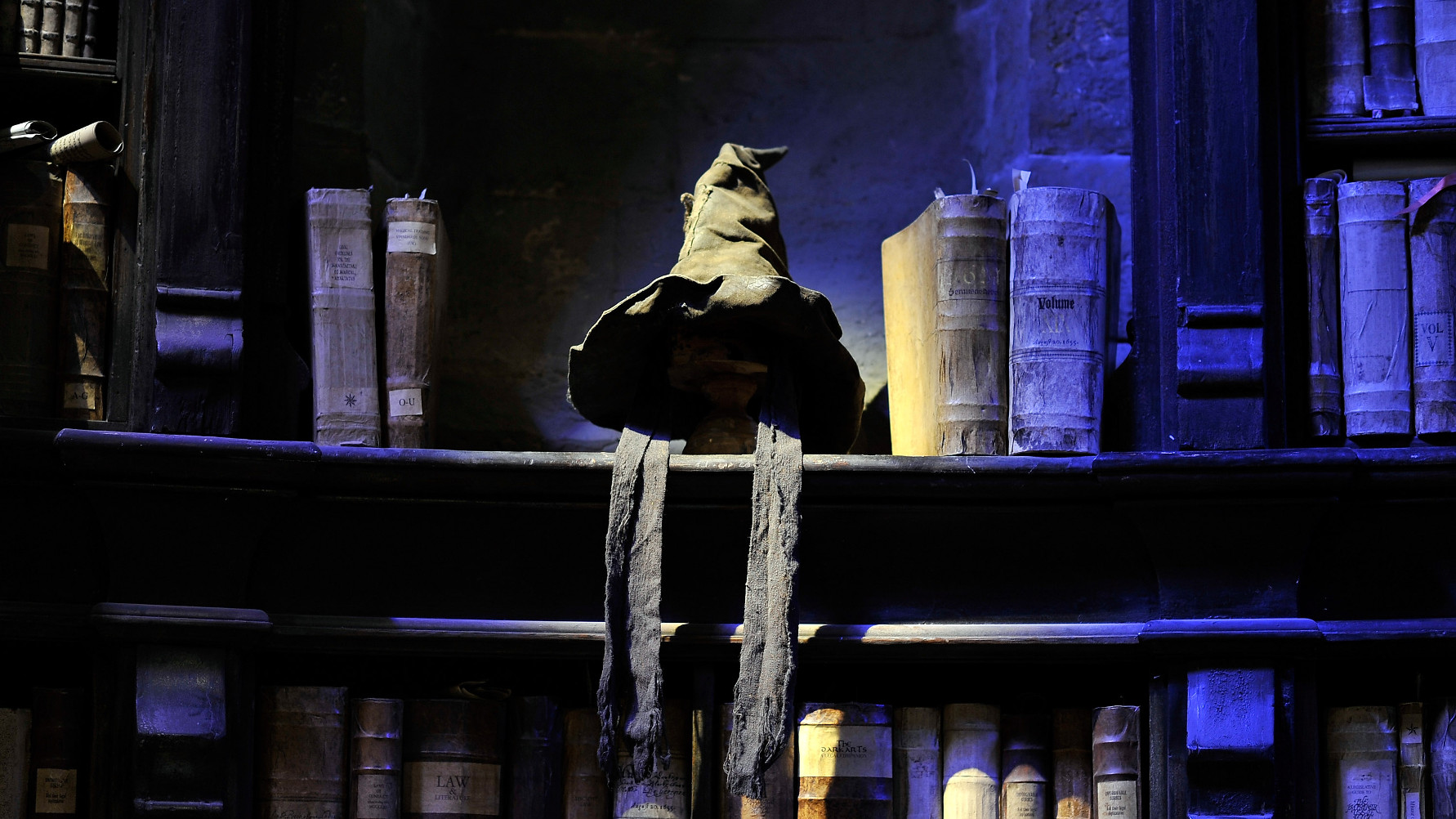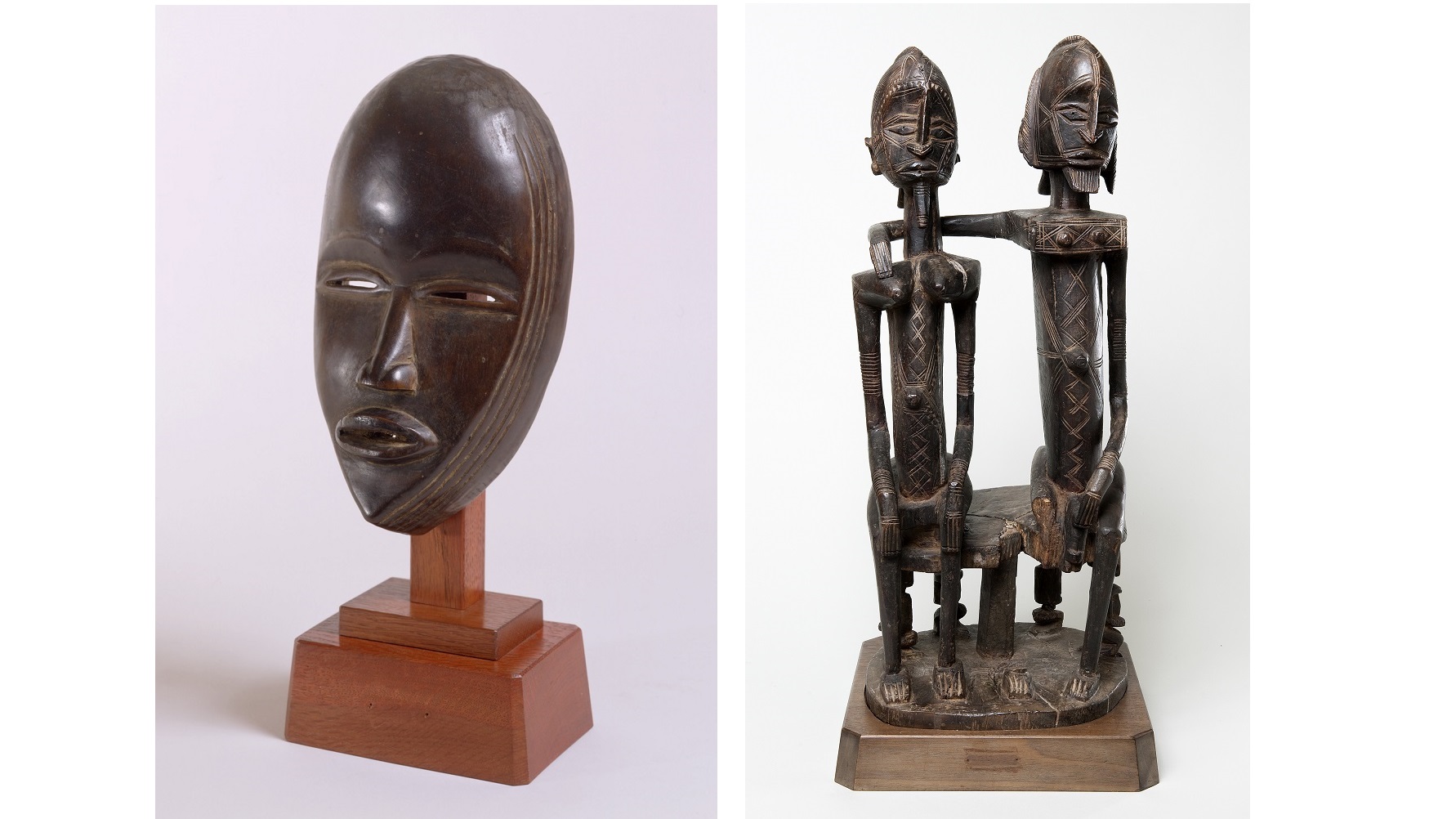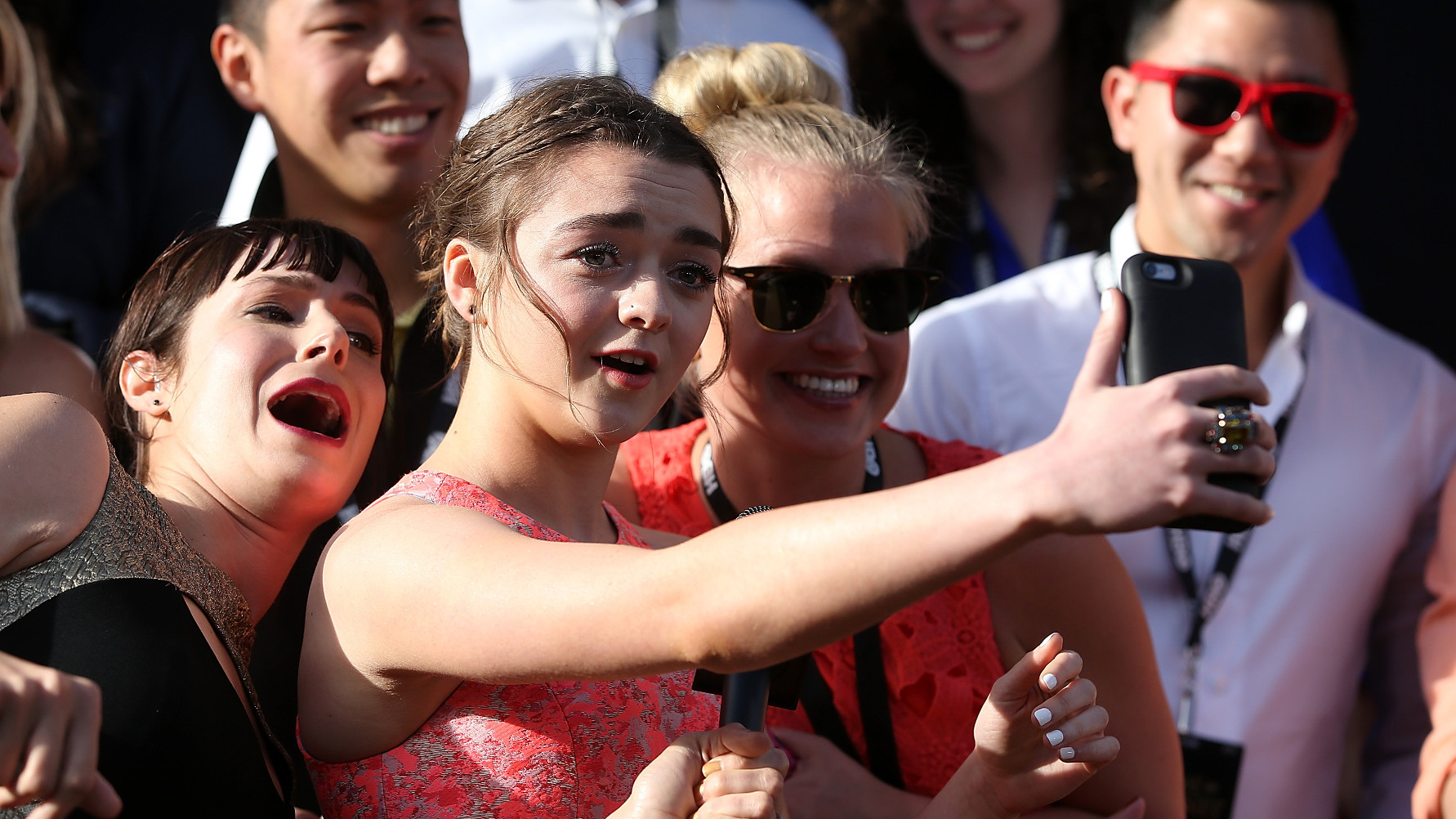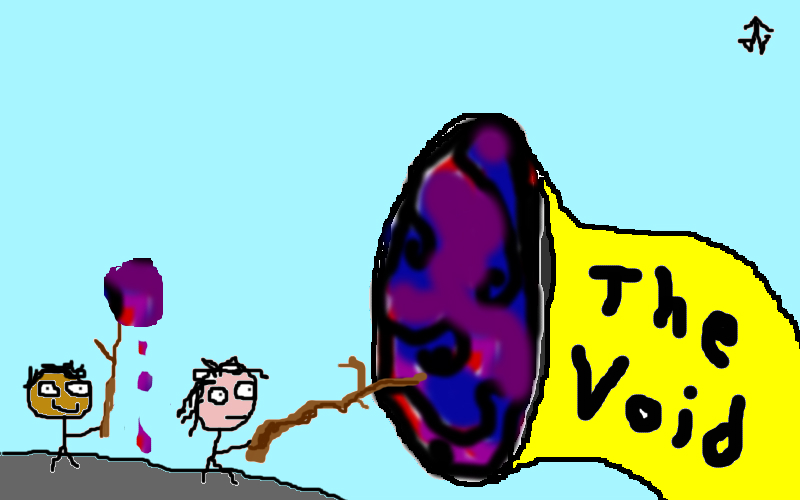Sometimes a small business model is the way to go, so companies don’t have to sell off user data to make money.
All Articles
“There’s a very basic human, nonverbal aspect to our need to make music and use it as part of our human expression. It doesn’t have to do with body movements; it doesn’t have to do with articulation of a language, but with something spiritual.”
Turns out groups help us define our individual identities, which boosts our sense of self.
“The written word, obviously, is very inward, and when we’re reading, we’re thinking. It’s a sort of spiritual, meditative activity. When we’re looking at visual objects, I think our eyes are obviously directed outward, so there’s not as much reflective time. And it’s the reflectiveness and the spiritual inwardness about reading that appeals to me.”
A quote from author Joyce Carol Oates: “The worst cynicism: a belief in luck.” She believes hard work and tenacity are the main ingredients for success. Do you agree?
Words of wisdom from the American author (and prolific tweeter): “Homo sapiens is the species that invents symbols in which to invest passion and authority, then forgets that symbols are inventions.”
How do you “play the game the right way”? Depends who you ask.
It just depends on the level of environmental activism going on in your state.
A “speculative” theory no more; it’s had four of them confirmed. “Scientific ideas should be simple, explanatory, predictive. The inflationary multiverse as currently understood appears to have none of those […]
Researchers collected a number of scientific studies about how children of same-sex couples turn out and find no evidence that they are negatively affected.
Surrounding schools with green spaces may help boost cognition in kids.
I attacked a famous artist for no apparent reason.
To help the trick-or-treaters in wheelchairs have truly amazing costumes, rather than be Superman or The Little Mermaid in a wheelchair, the nonprofit Magic Wheelchair makes epic Halloween costumes by transforming wheelchairs into “awesomeness created by our hands and [the kids’] imagination.”
Ten years ago, a researcher claimed most published research findings are false; now a decade later, his claim is stronger than ever before. How can this be?
Honesty truly is the best policy.
And what does your choice say about your personality?
Your brain is perfectly capable of remembering a random passphrase; we’re all just to lazy to work on memorizing it.
Questions like, “What will happen when it all goes wrong?” are at the top of the list.
Will warning labels help prevent the purchase of soda, especially among young teens? Researchers say no.
The Barnes Foundation’s current exhibition, Mark Dion, Judy Pfaff, Fred Wilson: The Order of Things, epitomizes the business buzz phrase “disruptive innovation” like few other museum shows (which I wrote about here). Disrupt or die, the thinking goes. Old orders must make way for new. Coincidentally, as the Barnes Foundation, home of Dr. Albert Barnes’ meticulously and idiosyncratically ordered collection of Impressionist and Post-Impressionist masterpieces left just so since his death in 1951, invites outsider artists to question and challenge Dr. Barnes’ old order, it also publishes their own insider’s critical “warts and all” assessment of Dr. Barnes’ relationship to African art and African-Americans. In African Art in the Barnes Foundation: The Triumph of L’Art nègre and the Harlem Renaissance, scholar Christa Clarke reassesses Dr. Barnes intentions and results in his building of the first great African art collection in America. “More than just formal accents to modernist paintings and other Western art in the collection,” Clarke argues, “African art deserves to be seen as central to the aesthetic mission and progressive vision that was at the very heart of the Barnes Foundation.”
The final building to rise in place of the original WTC will be the work of star architect Bjark Ingels, who famously designed Google’s new headquarters in California.
Which character comes to mind first when you think of Game of Thrones?
The Seattle Department of Transportation has proposed a $3 billion project that would revamp city roads and improve gridlock. Central to the plan is an interesting twist: no new accommodations are to be made for auto traffic.
This time, the graphic novel Persepolis is to blame.
Bring on the sugar, we say. Is there any way that can change?
Where new stars and the matter they form from fight for dominance. “People get cranky when you burst their bubble. Over time, advances in astronomy have relentlessly reinforced the utter […]
With no tape, markers or adhesives, these accurately modeled animals are a true work of art. “Laughs don’t come in barrels. They come from inside you as your body’s response […]
For songwriter and a scientist alike, the delight is in peering into the unknown, reaching in, and pulling some strange, new thing out of the darkness.
The numbers are bad, but it’s not too late to take action.
The hope that humans can use wisdom and technology to prevent a bleak future for life on Earth is overly optimistic. It falsely presumes that we can use wisdom to overcome instincts.







